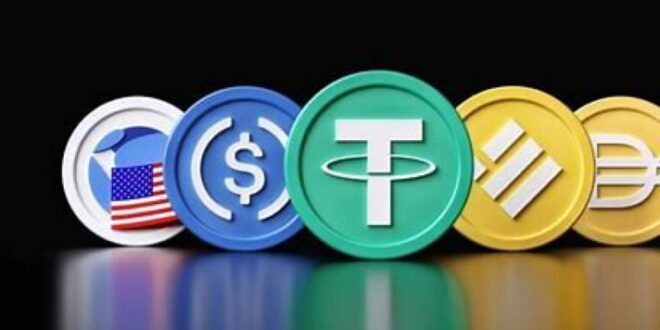Brazil’s cryptocurrency market is witnessing a massive surge in stablecoin adoption, with 90% of the country’s crypto inflows now driven by dollar-pegged assets, according to recent reports. The trend highlights the growing preference for stablecoins like USDT (Tether) and USDC, as Brazilians turn to digital dollars for hedging against inflation, cross-border payments, and remittances.
Why Are Stablecoins Surging in Brazil?
- Hedge Against Inflation & Currency Volatility
- The Brazilian real (BRL) has experienced fluctuations, prompting individuals and businesses to hold U.S. dollar-backed stablecoins as a store of value.
- Growing Use in Remittances & Payments
- Stablecoins offer faster and cheaper cross-border transactions, making them an attractive alternative to traditional banking services for remittances and international trade.
- Regulatory Clarity Boosts Adoption
- Brazil has introduced progressive crypto regulations, including a framework that recognizes and oversees digital asset service providers. This has boosted confidence in using stablecoins legally and securely.
- Institutional & Retail Adoption
- Major Brazilian fintech platforms and exchanges, such as Mercado Bitcoin and Nubank, have integrated stablecoin services, further fueling demand.
As stablecoins continue to dominate Brazil’s crypto landscape, the government and central bank are exploring regulations for digital assets and a potential central bank digital currency (CBDC), the digital real. Meanwhile, the rise of stablecoins could reshape how Brazilians store wealth, conduct business, and send money across borders.
 Business Sandesh Indian Newspaper | Articles | Opinion Pieces | Research Studies | Findings & News | Sandesh News
Business Sandesh Indian Newspaper | Articles | Opinion Pieces | Research Studies | Findings & News | Sandesh News



